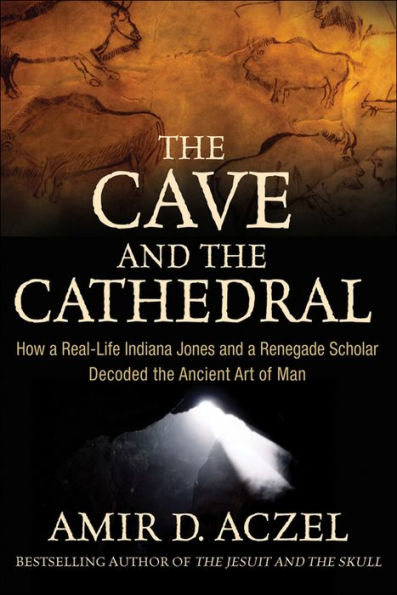The art is eerily similar from cave to cave, even though the artists were separated by geography and as much as 20,000 years. There are few human figures and no trees, grass, or ground. The animals often overlap; two animals might share the same lines, for example, and at certain angles some appear three-dimensional. They are sometimes accompanied by symbols, dots, or, most riveting of all, imprints of human hands.
Who made these extraordinary drawings? How did the artists travel so far underground–often into tunnels and chambers where they could not stand up? How did they make the drawings, when all they had for lighting were candles made of animal fat? Why did they draw them?
And what about the adventurers who discovered or charted these caves? French prehistorian Abbé Henri Breuil explored the cave at Rouffignac, France, in 1915, by crawling on all fours for half a mile inside to reach the deep gallery. There, he had to lie on his back to inspect and copy the drawings from the ceiling. In 1985, diver Henri Cosquer discovered the entrance to an underwater cave 120 feet deep in the Mediterranean near Marseilles and explored it for years without telling anyone, gradually swimming farther into the narrow shaft. Eventually, over 360 feet in, he was able to surface into the air of a large underground hall, covered with ancient art.
Unfolding like an Indiana Jones adventure, this book explores what the art might mean and our own development from the strikingly modern Cro-Magnons.
The art is eerily similar from cave to cave, even though the artists were separated by geography and as much as 20,000 years. There are few human figures and no trees, grass, or ground. The animals often overlap; two animals might share the same lines, for example, and at certain angles some appear three-dimensional. They are sometimes accompanied by symbols, dots, or, most riveting of all, imprints of human hands.
Who made these extraordinary drawings? How did the artists travel so far underground–often into tunnels and chambers where they could not stand up? How did they make the drawings, when all they had for lighting were candles made of animal fat? Why did they draw them?
And what about the adventurers who discovered or charted these caves? French prehistorian Abbé Henri Breuil explored the cave at Rouffignac, France, in 1915, by crawling on all fours for half a mile inside to reach the deep gallery. There, he had to lie on his back to inspect and copy the drawings from the ceiling. In 1985, diver Henri Cosquer discovered the entrance to an underwater cave 120 feet deep in the Mediterranean near Marseilles and explored it for years without telling anyone, gradually swimming farther into the narrow shaft. Eventually, over 360 feet in, he was able to surface into the air of a large underground hall, covered with ancient art.
Unfolding like an Indiana Jones adventure, this book explores what the art might mean and our own development from the strikingly modern Cro-Magnons.

The Cave and the Cathedral: How a Real-Life Indiana Jones and a Renegade Scholar Decoded the Ancient Art of Man
256
The Cave and the Cathedral: How a Real-Life Indiana Jones and a Renegade Scholar Decoded the Ancient Art of Man
256Related collections and offers

Product Details
| ISBN-13: | 9780470638118 |
|---|---|
| Publisher: | Trade Paper Press |
| Publication date: | 02/12/2010 |
| Sold by: | Barnes & Noble |
| Format: | eBook |
| Pages: | 256 |
| File size: | 2 MB |
